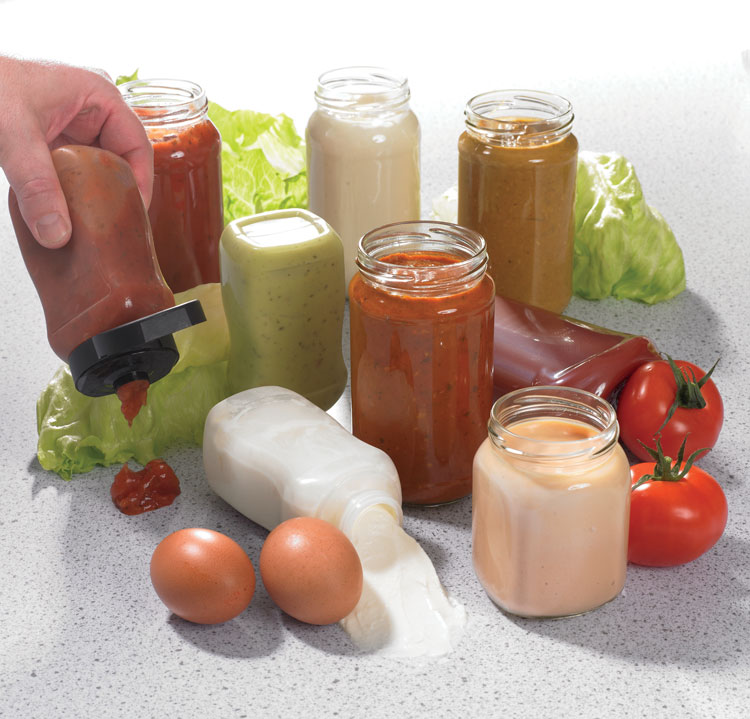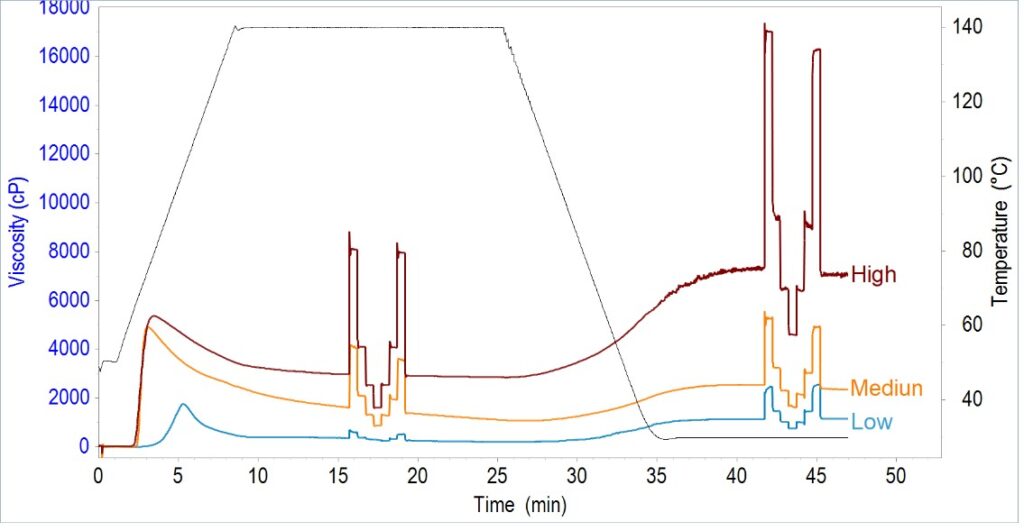


However, eating and swallowing food can pose problems that result in dysphagia those with this condition are dysphagic patients.ĭysphagia refers to difficulty in swallowing, or sometimes the impossibility of swallow liquid or semisolid/solid food. While eating and swallowing food, sensory tasks require the tongue’s motor behavior to explore, squeeze, or move a bolus to ascertain its flow properties. In addition, we address how to modify texture for individuals with dysphagia in all age groups, and highlight different strategies to develop appropriate food products for dysphagic patients.įood colloids are multi-component, multi-phase systems, involving a complex mixture of water, proteins, polysaccharides, lipids, and many minor constituents that contribute to food textures. It also discusses how the structure of TM food depends not only on food ingredients, such as hydrocolloids, emulsifiers, and thickening and gelling agents, but also on the applied processing methods, including microencapsulation, microgels as delivery systems, and 3D printing. This review addresses how texture and rheology can be assessed in the food industry by placing particular emphasis on dysphagia. Dysphagia management should ensure that texture-modified (TM) food is nutritious and easy to swallow. Texture modifications in foods suitable for dysphagic patients will grow as the numbers of elderly citizens increase.

A better understanding of these properties is important for the sensory and textural characteristics of foods that target consumers of all ages, from children to the elderly, especially when food product development is considered for dysphagia. The physicochemical properties of food changes when processed in households or industries, resulting in modified textures. Food texture is a major food quality parameter.


 0 kommentar(er)
0 kommentar(er)
